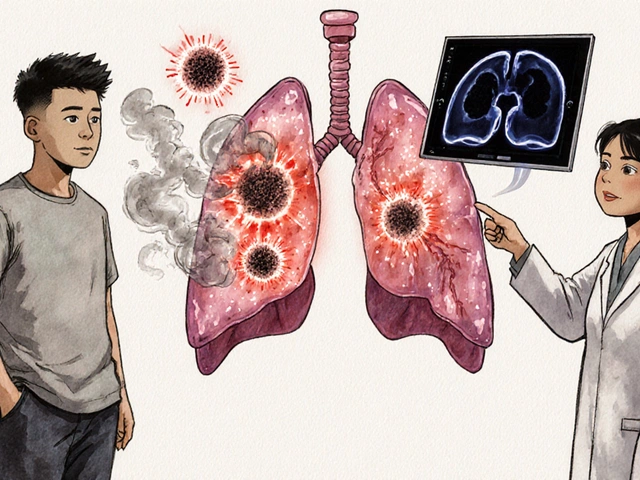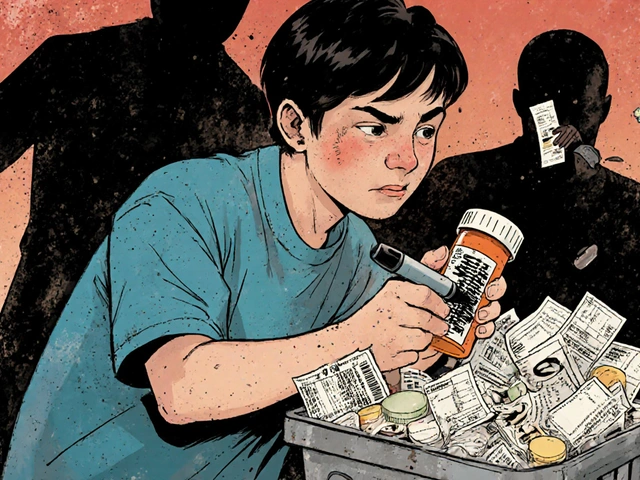STI Symptoms: What to Watch For and When to Get Tested
When you have a sexually transmitted infection, an infection passed through sexual contact, often without obvious signs at first. Also known as STD, it can quietly affect your health for months—or years—if left unchecked. Many people assume STIs always come with burning, sores, or strange discharge, but that’s not true. Some infections show no symptoms at all, especially in the early stages. That’s why knowing the common signs—and getting tested regularly—is the only reliable way to protect yourself and others.
Chlamydia, one of the most common bacterial STIs often flies under the radar. In women, it might cause mild pelvic pain or irregular bleeding. In men, it can mean a slight burning when peeing or a small amount of discharge. But half the time, there’s nothing. Gonorrhea, another bacterial STI with similar transmission, can look the same. Both can lead to infertility if ignored. Genital herpes, a viral STI caused by HSV-2, brings painful blisters, but some people only get one outbreak—or none. Then there’s syphilis, which starts with a painless sore you might miss, then moves to a rash, fever, or swollen glands. And HPV? Often invisible, but it’s the reason cervical cancer exists.
It’s not just about what you feel. It’s about what you don’t feel. A routine checkup can catch an infection before it causes damage. You don’t need to wait for symptoms to get tested. If you’ve had unprotected sex, even once, or have a new partner, testing is the smart move. And if you do notice something odd—itching, unusual discharge, pain during sex, or sores—don’t wait. Don’t Google it for hours. Don’t assume it’s nothing. Get checked. The treatments for most STIs are simple, effective, and widely available. The real risk isn’t the infection. It’s ignoring it.
The posts below cover real cases and treatments tied to STI symptoms—from managing discharge and pain to understanding how antibiotics work, what over-the-counter remedies won’t fix, and why some symptoms mimic other conditions like UTIs or yeast infections. You’ll find clear advice on what to ask your doctor, how to interpret test results, and how to prevent reinfection. This isn’t guesswork. It’s what people actually deal with—and how they got help.

Gonorrhea and Cervical Health: Essential Facts for Women
A clear guide on how gonorrhea impacts cervical health, covering symptoms, testing, treatment, prevention, and FAQs for women.
Detail



